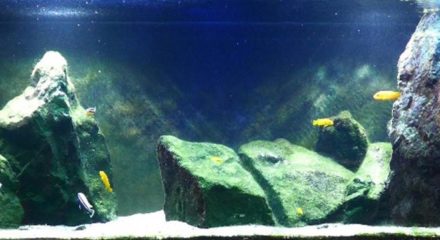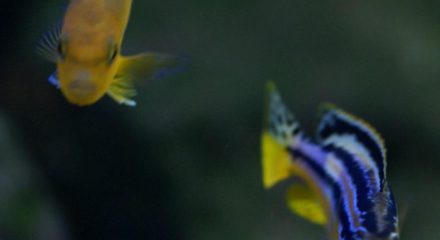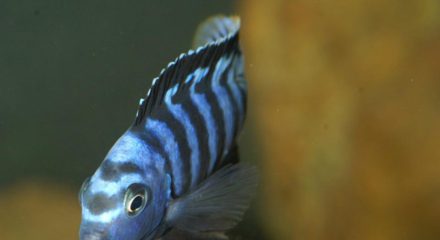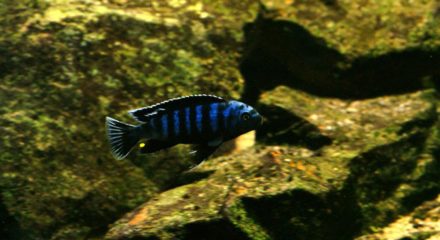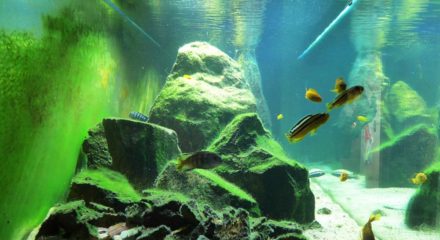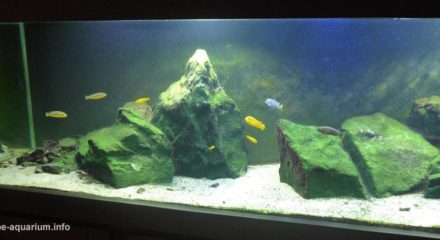Aquarium Volume: 1000 L
Fish and invertebrates: Pseudotropheus saulosi, Melanochromis auratus, Labeotropheus fuelleborni minos reef
Plants list: None
Biotope description: Lake Malawi was formed 1-2 million years ago. This geologically young, rocky lake of the East African Rift is about 604 km long and 85 km wide, making it the ninth largest lake in the world. The lake is bordered by Malawi, Mozambique, and Tanzania. This lake is dominated by cichlids, most of which are endemic to the lake. Over 280 cichlid species have been described, although estimates of up to 500 cichlid species have been made. The parameters of water are: pH 7.8-8.6, 6-10 dH, 72-82 F (23-28 C). The lake is composed of many habitats, i choose the rockys habitats for the beauty and the characters of the mbunas. These fish are highly specialized for feeding on “Aufwuchs,” crustaceans, and algae that live on the rocks. Their mouths are chisel-shaped so that food can be picked out of the large mats of algae that cover the rocks. SIZE: Generally, mbunas are about 10-13 cm, and do not grow larger than 18 cm. They are ideal for aquarium.
Fish and invertebrates: Pseudotropheus saulosi, Melanochromis auratus, Labeotropheus fuelleborni minos reef
Plants list: None
Biotope description: Lake Malawi was formed 1-2 million years ago. This geologically young, rocky lake of the East African Rift is about 604 km long and 85 km wide, making it the ninth largest lake in the world. The lake is bordered by Malawi, Mozambique, and Tanzania. This lake is dominated by cichlids, most of which are endemic to the lake. Over 280 cichlid species have been described, although estimates of up to 500 cichlid species have been made. The parameters of water are: pH 7.8-8.6, 6-10 dH, 72-82 F (23-28 C). The lake is composed of many habitats, i choose the rockys habitats for the beauty and the characters of the mbunas. These fish are highly specialized for feeding on “Aufwuchs,” crustaceans, and algae that live on the rocks. Their mouths are chisel-shaped so that food can be picked out of the large mats of algae that cover the rocks. SIZE: Generally, mbunas are about 10-13 cm, and do not grow larger than 18 cm. They are ideal for aquarium.

